Understanding the Difference Between Aluminum and Aluminium
aluminum vs aluminium in die casting parts
Ever wondered why there are two different spellings for the metal we use for wrapping food, making drink cans, sports gear, and more? The words “aluminium” and “aluminum” are just one letter apart, but they sound quite different. If you’re used to hearing one, the other might sound a bit odd to your ears.
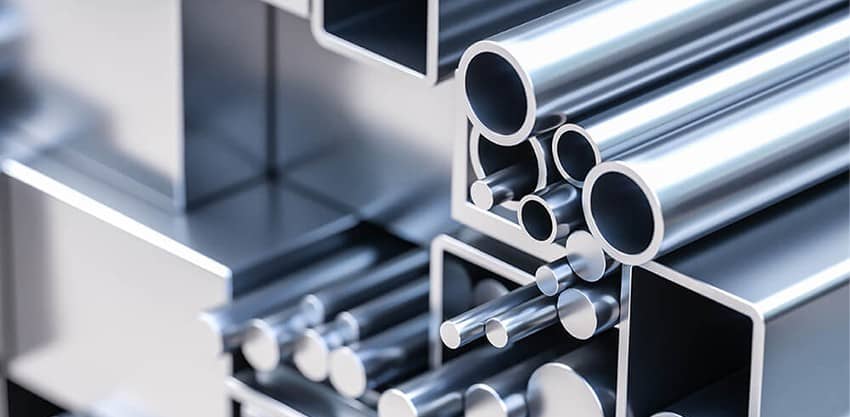
Interestingly, both spellings are correct and accepted! The story behind these two versions is as intriguing as the history of the metal itself. Let’s dive into how these differences came about and what they mean.
The terms “aluminum” and “aluminium” both refer to the same chemical element with the atomic number 13 and the symbol “Al.” However, these words are used differently depending on regional preferences. This article explores the origins, history, and distinctions between the terms “aluminum” and “aluminium” to help clarify their proper usage.

Historical Background
The element was first identified by Sir Humphry Davy in 1808, who initially named it “alumium,” deriving the name from the Latin word “alumina.” Shortly after, he revised it to “aluminum.” Meanwhile, other scientists, influenced by the conventions of naming elements (like sodium and potassium), began using “aluminium.”
Etymology and Naming Conventions
In 1828, Noah Webster’s dictionary recognized “aluminum,” but both “aluminum” and “aluminium” were acknowledged in subsequent editions. The International Union of Pure and Applied Chemistry (IUPAC) adopted “aluminium” as the official term in 1990, while the American Chemical Society chose “aluminum” in 1925, reflecting regional differences.
Comparison Table:
| Aspect | Aluminum | Aluminium |
| Spelling | Aluminum | Aluminium |
| Regions | Primarily used in the United States, Canada | Primarily used in the United Kingdom, Australia, New Zealand, and other countries following British English |
| Usage | Common in American English and scientific contexts in the US | Common in British English and scientific contexts in the UK and Commonwealth countries |
| Pronunciation | /əˈluː.mə.nəm/ | /ˌæl.əˈmɪn.i.əm/ |
| Origin | Derived from the Latin “alumen” | Also derived from the Latin “alumen,” with the suffix “-ium” added in British English to match other element names |
Regional Differences in Usage
- Aluminum: predominantly used in the United States and Canada.
- Aluminium: preferred in the United Kingdom, Australia, and other countries. It’s also the standard in scientific writing globally.
Why the Difference Matters?
Understanding the distinction is crucial in scientific communication and industry practices. “Aluminum” and “aluminium” are both correct but should be used according to regional conventions to avoid confusion in international contexts.
What is the use of aluminum?
Aluminum is a versatile metal widely used across various industries due to its lightweight, strength, and corrosion resistance. Common applications include:
-
- Aerospace: Aircraft components for fuel efficiency.
- Automotive: Lightweight frames and engine parts.
- Construction: Durable materials for windows and doors.
- Packaging: Food and beverage cans and foils.
- Electrical: Wiring and components due to their conductivity.
- Furniture Industry: Metal furniture frames, chairs, and tables.
- Textile Industry: Machine parts, loom frames, textile rollers, aluminum bobbins.
Its versatility makes aluminum essential in many industries.
What Are the Key Manufacturing Processes for Aluminum?
Aluminum is widely used in various manufacturing processes due to its versatility, lightweight, and excellent properties, such as corrosion resistance and strength-to-weight ratio. Below is a comprehensive list of manufacturing processes that use aluminum.
- Die Casting: High-pressure (e.g., hot chamber, cold chamber), Low-Pressure, and gravity Die Casting is used for precise, high-volume aluminum parts.
- Investment Casting (Lost Wax): For complex, high-precision parts (e.g., aerospace, medical).
- Sand Casting: Low- to medium-volume, simple parts (e.g., automotive engine blocks).
- Extrusion: Producing long, uniform profiles (e.g., architectural frames, heat exchangers).
- Forging: Shaping aluminum under high pressure for substantial, durable parts (e.g., aerospace).
- Rolling: Producing sheets, plates, or foils (e.g., packaging, automotive).
- Powder Metallurgy: Making complex, fine-detail parts from aluminum powder.
- Centrifugal Casting: Creating uniform, hollow parts (e.g., engine cylinders).
- Cold Heading: Shaping aluminum at room temperature for fasteners (e.g., bolts).
- Sheet Metal Forming: Bending or stamping aluminum sheets (e.g., automotive panels).
- Laser/Wire Cutting: Precision cutting of aluminum parts (e.g., aerospace).
- Additive Manufacturing (3D Printing): Rapid prototyping of complex parts (e.g., aerospace).
- Anodizing: Creating a protective oxide layer for corrosion resistance.
- Heat Treatment: strengthening aluminum by controlled heating and cooling.
- Welding: Joining aluminum parts for complex assemblies (e.g., automotive, aerospace).


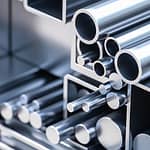

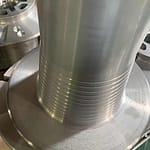

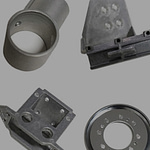


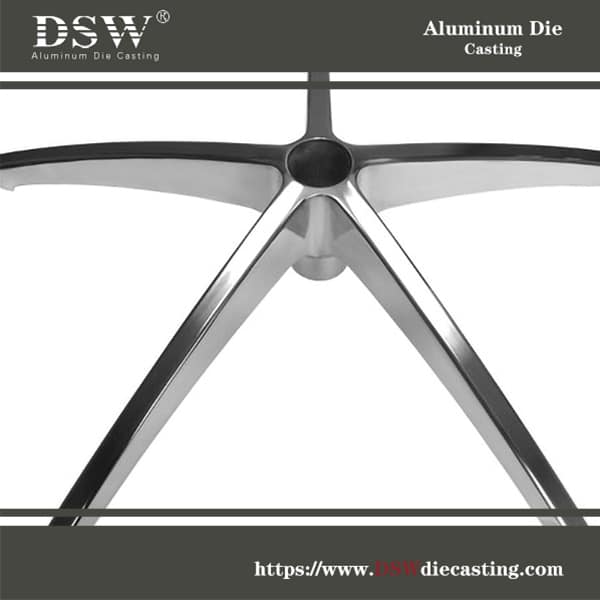
No comment